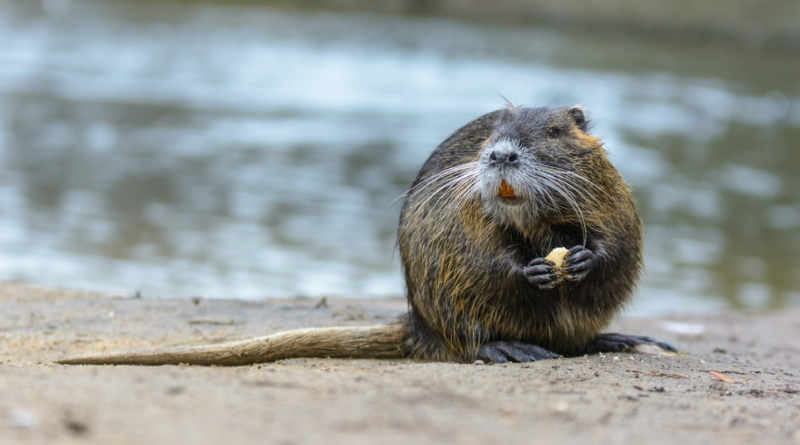Invasive species pose a significant threat to biodiversity and ecosystems across North America. These non-native organisms, introduced either intentionally or accidentally, disrupt native habitats, outcompete local species, and often lack natural predators to control their populations. The consequences ripple through ecological balances, agriculture, and even human health.
Understanding the key invasive species in North America is crucial for conservation efforts and mitigating their impacts. This blog explores eight such species that have established themselves as destructive forces on the continent. From plants to animals and aquatic to terrestrial environments, each species discussed here illustrates the complex challenges posed by invasive organisms and highlights the importance of proactive management strategies.
1. Asian Carp
Asian carp were initially introduced into North American aquaculture ponds to control algae. However, flooding events allowed these prolific breeders to escape into the Mississippi River system and beyond. Their voracious appetites and rapid reproduction threaten native fish populations by outcompeting them for food and space. This disruption cascades through aquatic ecosystems, impacting not only fish but also the entire food web and recreational activities dependent on native species.
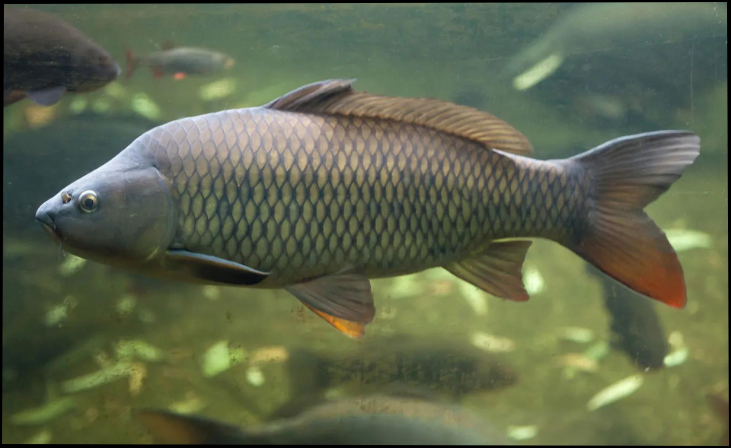
2. Zebra Mussels
Originating from Eurasia, zebra mussels have spread across North America’s freshwater bodies via ballast water and boat hulls. Known for their rapid reproduction, these small filter feeders attach to surfaces such as water intake pipes and native mollusks. They alter nutrient cycles by filtering out plankton, which native species rely upon, and their dense colonies can clog infrastructure, leading to costly maintenance and ecological imbalances.
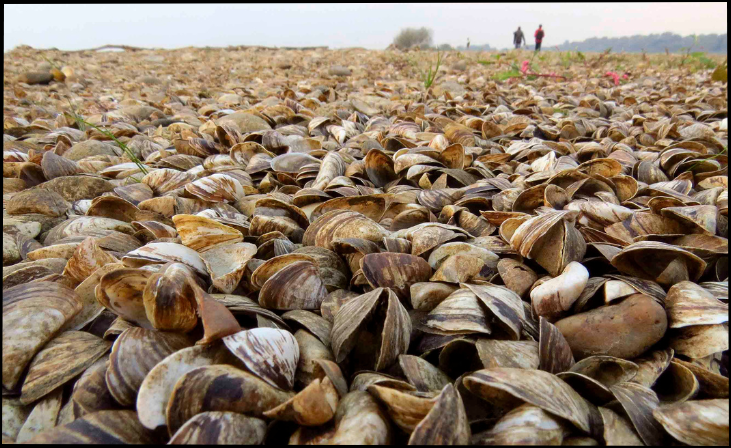
3. Emerald Ash Borer
The emerald ash borer, a beetle native to Asia, infests and kills ash trees, critical components of North American forests. Larvae tunnel under the bark, disrupting nutrient transport and weakening trees, often leading to their death within a few years. This beetle’s rapid spread has devastated ash tree populations across the continent, affecting ecosystems and the industries that rely on ash wood.
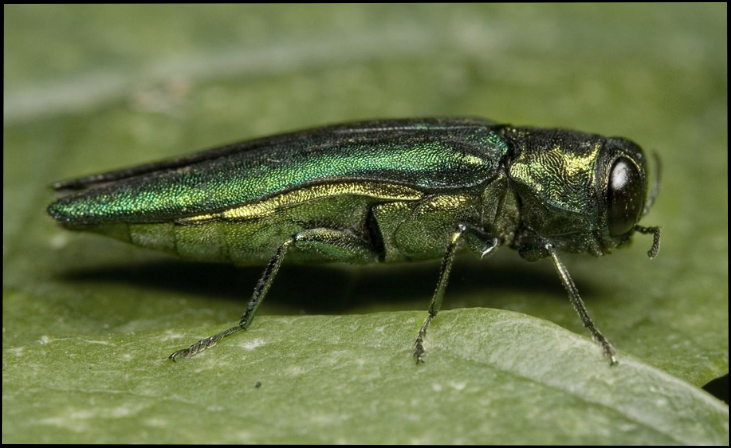
4. Burmese Python
Initially introduced through the pet trade, Burmese pythons established breeding populations in Florida’s Everglades after being released or escaping captivity. These apex predators have flourished in the subtropical climate, preying on native mammals, birds, and reptiles. Their presence has caused declines in small mammal populations and altered predator-prey dynamics in this delicate wetland ecosystem.
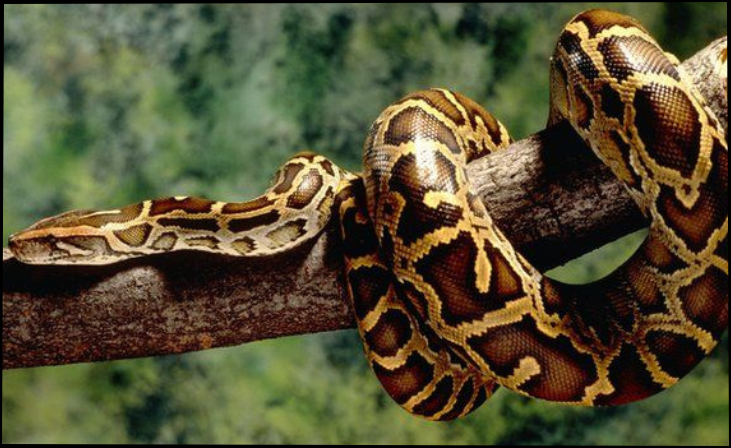
5. Kudzu
Introduced as an ornamental plant and erosion control measure, kudzu’s vigorous growth rate and ability to climb and smother vegetation have led to its nickname as “the vine that ate the South.” In the southeastern United States, kudzu blankets landscapes, crowding out native plants and disrupting habitats for wildlife. Its presence alters soil chemistry and nutrient cycling, impacting ecosystem functions over large areas.

6. European Starling
European starlings were introduced to North America in the late 19th century by well-meaning individuals who sought to introduce all birds mentioned in Shakespeare’s plays to the New World. These aggressive birds outcompete native species for nest sites and food resources, such as insects and fruits. Their prolific populations have negative effects on native bird species, agricultural crops, and urban environments.
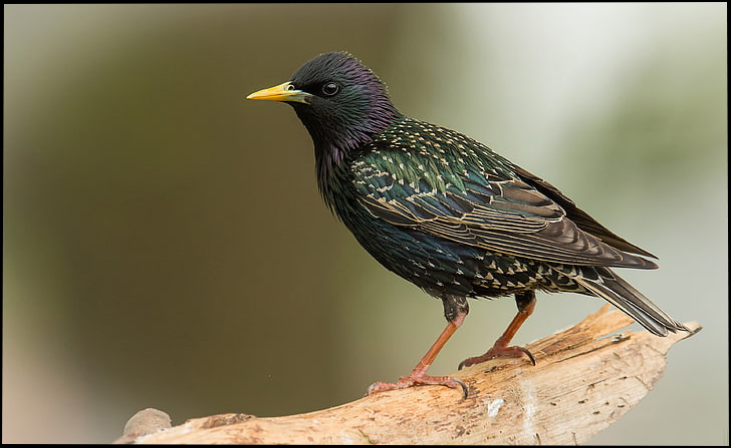
7. Lionfish
Popular in the aquarium trade, lionfish have invaded Atlantic waters, spreading from their native Indo-Pacific region. Their unchecked population growth and voracious appetite for small fish disrupt coral reef ecosystems. Native fish species have no evolved defenses against these predators, leading to declines in biodiversity and compromising the health of coral reefs, already threatened by climate change and pollution.
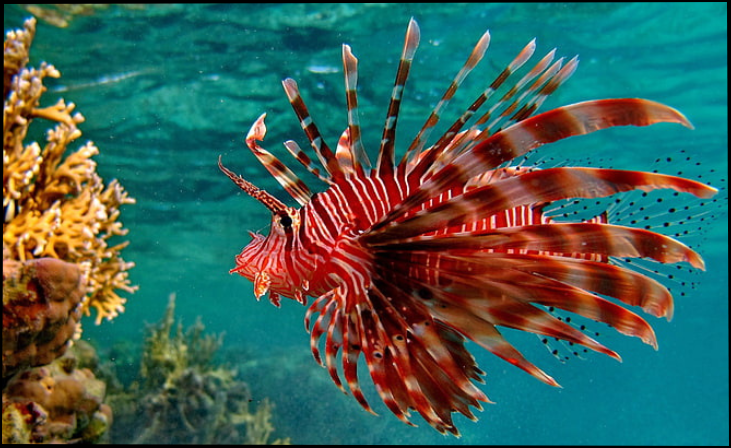
8. Brown Marmorated Stink Bug
Originally from Asia, the brown marmorated stink bug has become a major agricultural pest in North America. Feeding on a wide variety of crops, including fruits, vegetables, and ornamental plants, they cause significant economic losses for farmers. Control measures are challenging due to their rapid reproduction and ability to invade homes in large numbers, becoming a nuisance for homeowners as well as a threat to agriculture.
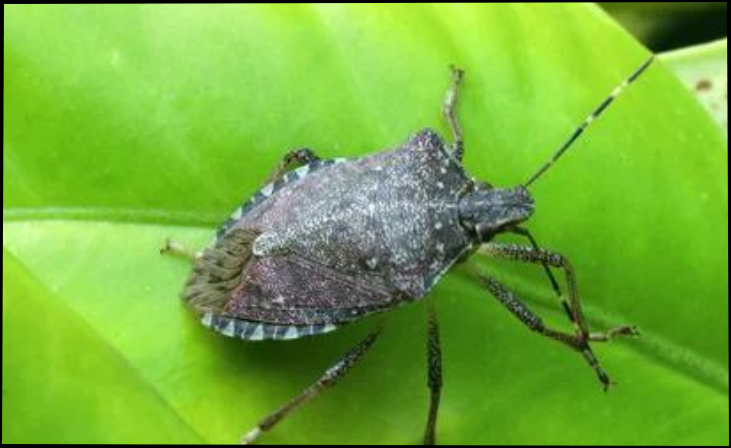
Conclusion
Invasive species in North America represent a multifaceted challenge, impacting ecosystems, economies, and human health. Each species discussed here illustrates how unintentional introductions can have far-reaching consequences, altering landscapes and threatening native biodiversity. Efforts to control and manage these invasions are critical, requiring collaboration across scientific disciplines, policy-makers, and the public.
By understanding the ecological and economic impacts of invasive species, we can develop effective strategies for prevention, early detection, and eradication. Public awareness and responsible pet ownership also play crucial roles in preventing future introductions. As we navigate these challenges, continued research and adaptive management strategies will be essential in mitigating the damage caused by invasive species and preserving North America’s natural heritage for future generations.

